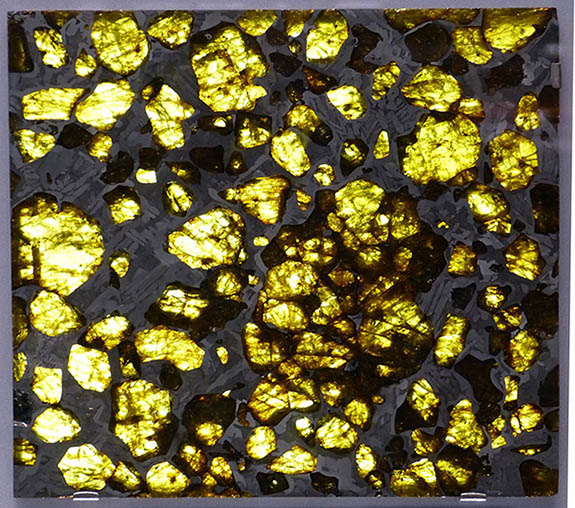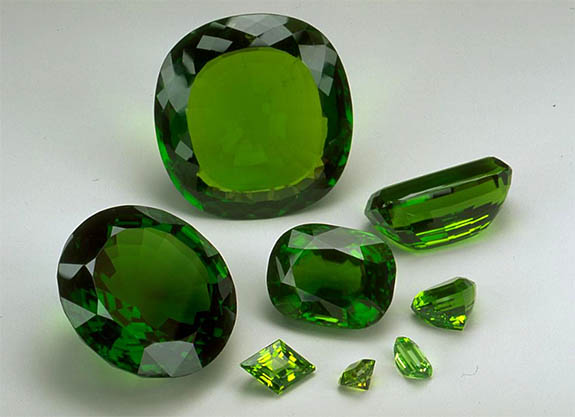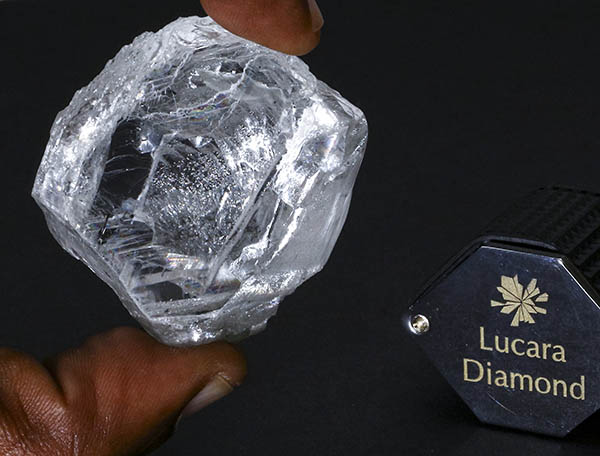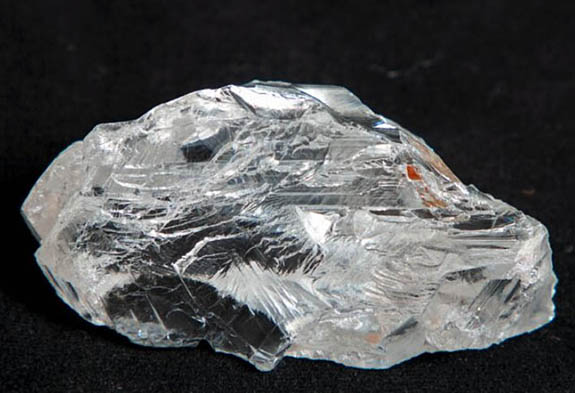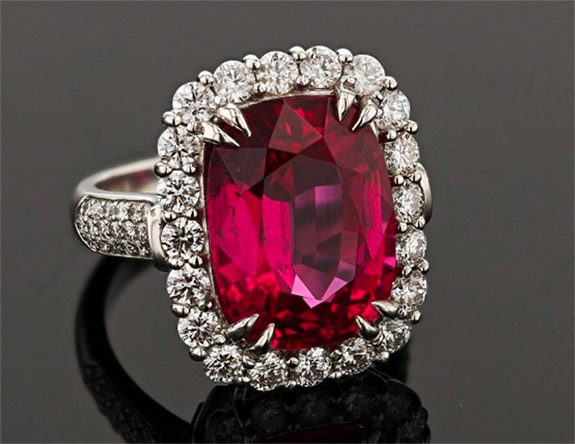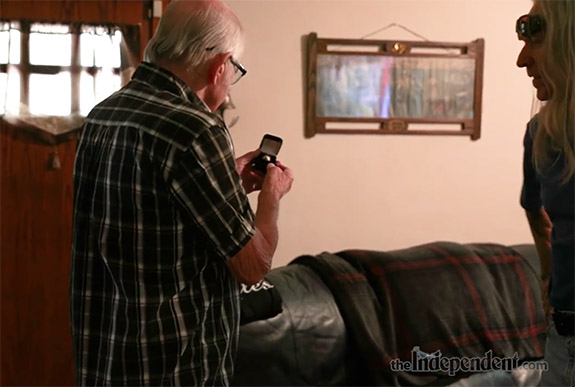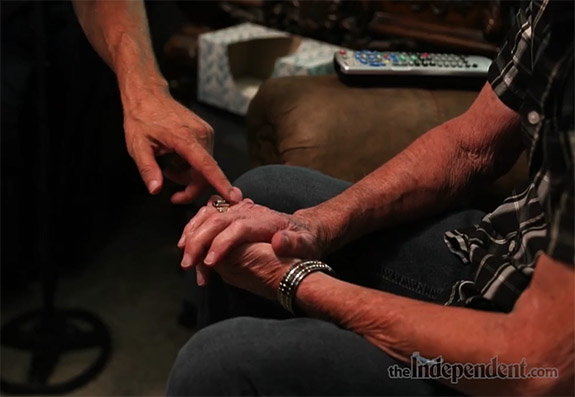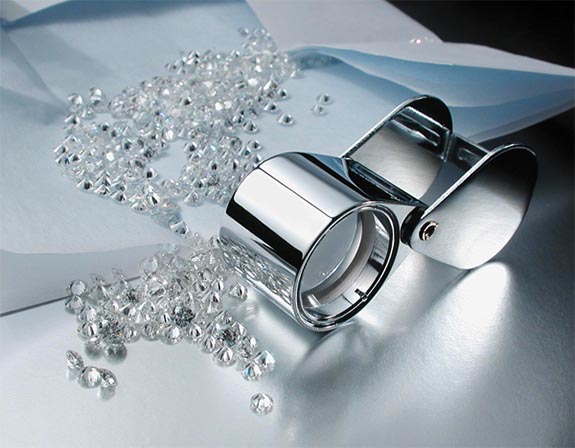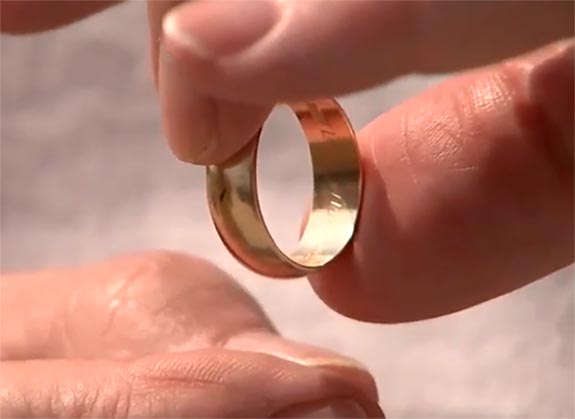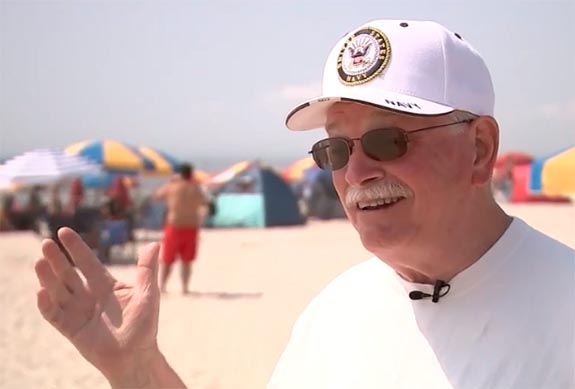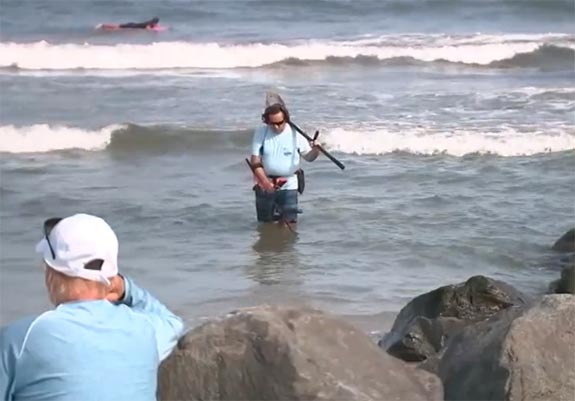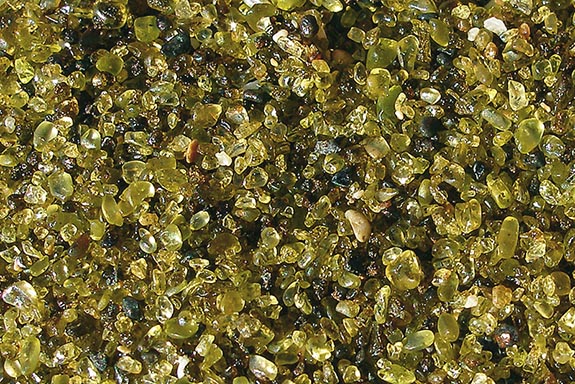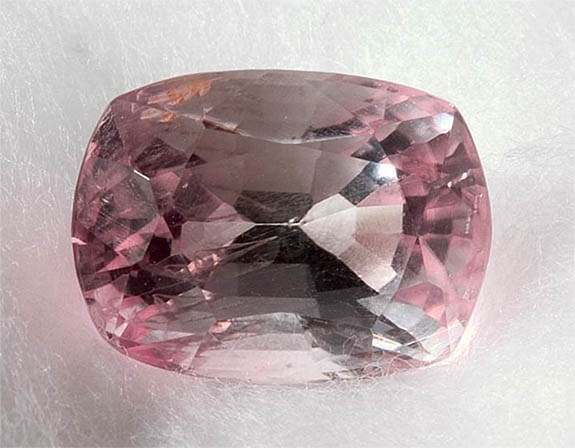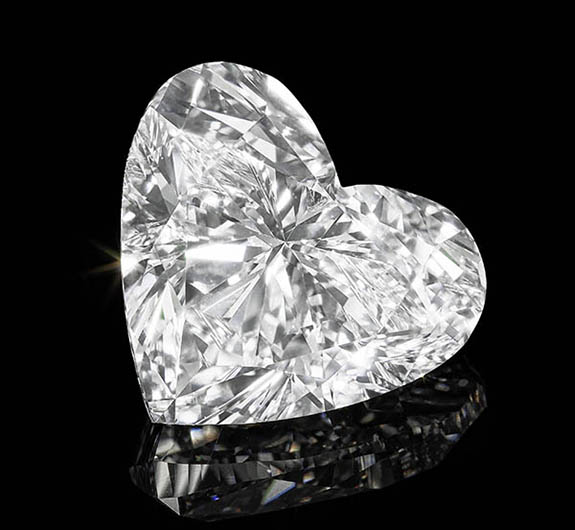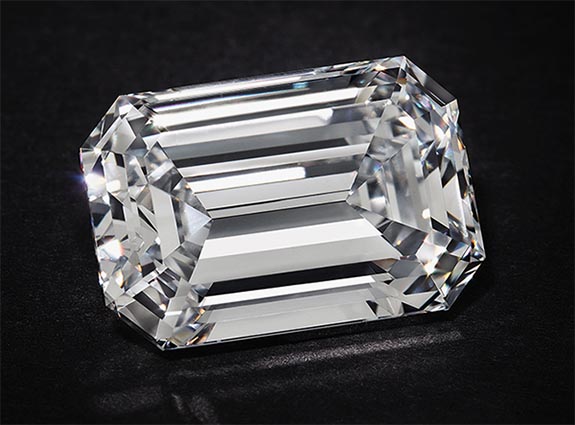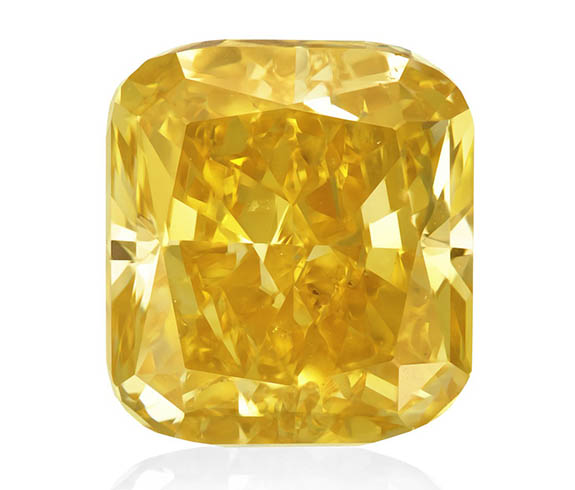August 2nd, 2021
If the gold medals awarded at this summer's Olympic Games in Tokyo were made of pure gold, each would carry a precious metal value of $35,556. Unfortunately for the 339 athletes who will earn the ultimate symbol of athletic achievement at these Games, the gold medals are actually made of 500 grams of silver overlaid with 6 grams of gold. The melt value is just $832 — far from the $1.46 million paid in 2013 for Jesse Owens' 1936 Olympic gold medal.
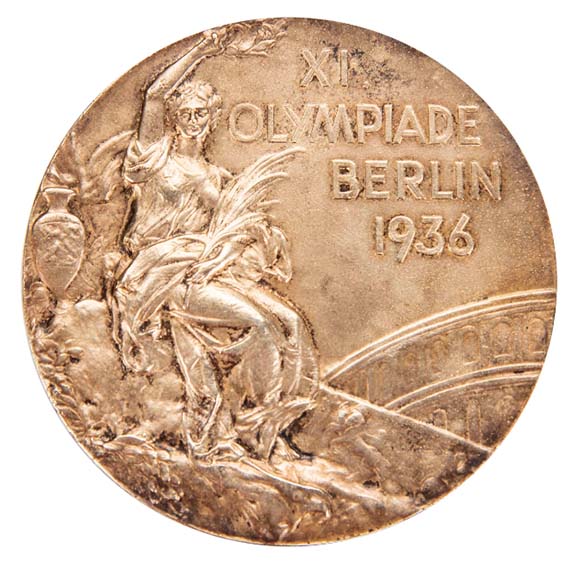
There was a time when Olympic gold medals were actually made from pure gold, with the last ones awarded in Stockholm, Sweden, back in 1912. Starting in 1916, the International Olympic Committee mandated that gold medals be made with a 24-karat gilding of exactly 6 grams (.211 ounces).
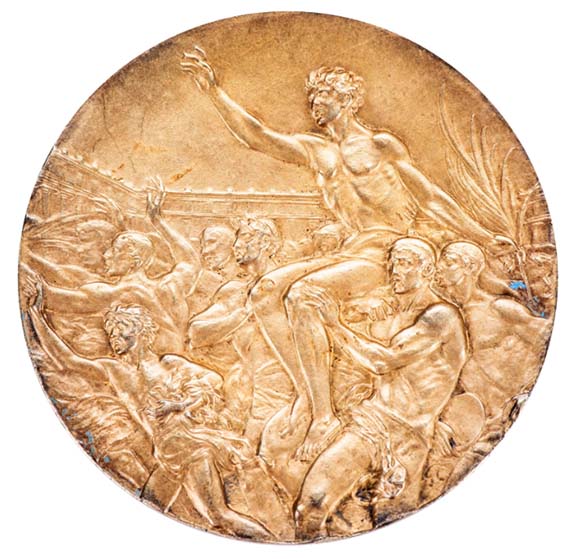
On rare occasions, Olympic gold medals will appear at auction and this is where their real values are reflected.
Back in 2013, billionaire Ron Burkle plunked down $1.46 million at SCP Auctions for a Jesse Owens gold medal from the 1936 Berlin Olympics. It was the highest price ever paid for a piece of Olympic memorabilia.
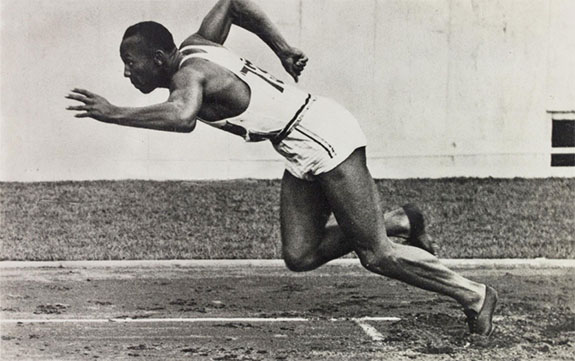
Owens’ performance in Berlin was one of the most significant in Olympic history because German führer Adolf Hitler was convinced the Games would showcase what he believed was the superiority of the Aryan race. Instead, the 23-year-old son of an Alabama share cropper embarrassed the German dictator by dominating his athletes with decisive wins in the 100- and 200-meter dash, the long jump and as a member of the 4×100 meter relay team.
In 2019, Goldin Auctions offered for sale a second Owens gold medal from the same Berlin Olympics. That medal was sold to an online bidder for $615,000.
Of the four gold medals captured by Owens, the whereabouts of the other two are unknown. The one purchased by Burkle in 2013 had been gifted by Owens to his good friend, entertainer Bill “Bojangles” Robinson. The medal came to SCP Auctions via the estate of Robinson’s wife, Elaine Plaines-Robinson.
The Owens medal sold by Goldin Auctions had been owned by the family of John Terpak, Sr., a weightlifter who met Owens during the 1936 Games. Owens apparently gifted the medal to Terpak in appreciation of his generosity and kindness.
Interestingly, Owens’ 1936 medal is significantly smaller than the ones being awarded in Tokyo. It measures 55mm in diameter (compared to 85mm for the Tokyo medal) is 5mm thick (vs. 7.7mm to 12.1mm thick) and weighs 71 grams (vs. 556 grams).
If Owens' gold medal was made of pure gold it would have a melt value of $4,450. Since it was made primarily of silver, its melt value is just over $442.
Credits: Gold medals courtesy of Goldin Auctions. Jesse Owens photo by N.N., CC BY-SA 4.0, via Wikimedia Commons.

There was a time when Olympic gold medals were actually made from pure gold, with the last ones awarded in Stockholm, Sweden, back in 1912. Starting in 1916, the International Olympic Committee mandated that gold medals be made with a 24-karat gilding of exactly 6 grams (.211 ounces).

On rare occasions, Olympic gold medals will appear at auction and this is where their real values are reflected.
Back in 2013, billionaire Ron Burkle plunked down $1.46 million at SCP Auctions for a Jesse Owens gold medal from the 1936 Berlin Olympics. It was the highest price ever paid for a piece of Olympic memorabilia.

Owens’ performance in Berlin was one of the most significant in Olympic history because German führer Adolf Hitler was convinced the Games would showcase what he believed was the superiority of the Aryan race. Instead, the 23-year-old son of an Alabama share cropper embarrassed the German dictator by dominating his athletes with decisive wins in the 100- and 200-meter dash, the long jump and as a member of the 4×100 meter relay team.
In 2019, Goldin Auctions offered for sale a second Owens gold medal from the same Berlin Olympics. That medal was sold to an online bidder for $615,000.
Of the four gold medals captured by Owens, the whereabouts of the other two are unknown. The one purchased by Burkle in 2013 had been gifted by Owens to his good friend, entertainer Bill “Bojangles” Robinson. The medal came to SCP Auctions via the estate of Robinson’s wife, Elaine Plaines-Robinson.
The Owens medal sold by Goldin Auctions had been owned by the family of John Terpak, Sr., a weightlifter who met Owens during the 1936 Games. Owens apparently gifted the medal to Terpak in appreciation of his generosity and kindness.
Interestingly, Owens’ 1936 medal is significantly smaller than the ones being awarded in Tokyo. It measures 55mm in diameter (compared to 85mm for the Tokyo medal) is 5mm thick (vs. 7.7mm to 12.1mm thick) and weighs 71 grams (vs. 556 grams).
If Owens' gold medal was made of pure gold it would have a melt value of $4,450. Since it was made primarily of silver, its melt value is just over $442.
Credits: Gold medals courtesy of Goldin Auctions. Jesse Owens photo by N.N., CC BY-SA 4.0, via Wikimedia Commons.



